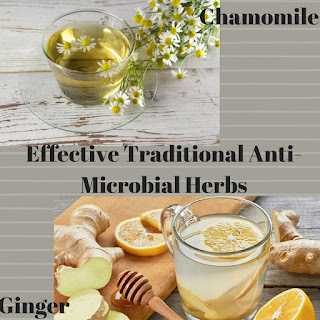Effective Traditional Anti-Microbial Herbs: Part #1
When you’re dealing with any bacterial disease or an
infection, only few individuals think of herbs or any other traditional spices
instead of regular antibiotics. But, considering their effectiveness at
treating a wide range of infections, we might need to reach out for herbs
frequently.
Some of the conventional herbs used are:
CINNAMON:
Cinnamon has aromatic, woody and sweet flavour, which are
attributed to the presence of cinnamaldehyde, cinnamate, and cinnamic acid.
Cinnamaldehyde is the essential oil of cinnamon and has antiviral,
antibacterial and antifungal properties. Cinnamon also has polyphenol
antioxidants which has anti-inflammatory properties. In a study distributed in the
therapeutic diary Pharmaceutical Science, researchers found that cinnamon bark
effectively restrained MRSA, E. faecalis,
E. coli, Klebsiella pneumonia and
other bacterial infectious strains.
Garlic:
Garlic is one of the well-known anti-microbial agents used
for anti-bacterial, anti-viral, anti-parasitic and anti-fungal infections.
Although pungent to smell and taste in its raw form, once cooked or added as a
flavour, it makes a huge difference to the taste as well as increasing
nutritional and anti-microbial effects. Study analysts evaluated the esteem of
a garlic broth and its capacity to fight E. coli. They found that the higher
the dosage of garlic, the more successful it was at killing E. coli and other
infectious organisms. Allicin, one of the major components in garlic has
anti-microbial and anti-inflammatory properties. Garlic has been one of the
conventional herbs to be used since ancient times to fight common ailments.
You can use garlic to flavour rice, noodles, dips, soups,
stews, salads, sauces, curries and also in baking.




Comments
Post a Comment